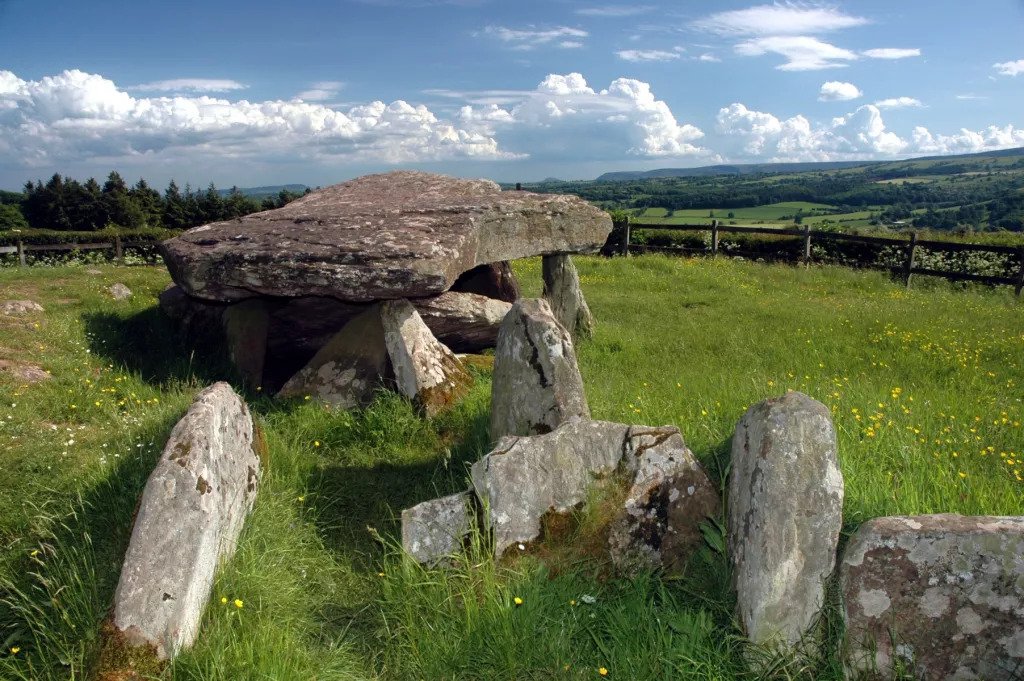Pompeii ‘fast food’ bar unearthed in the ancient city after 2,000 years
Ancient Pompeii’s sad demise left it in remarkably good shape, making it one of the world’s most important archaeological sites.
Pompeii has offered scientists with unique insight into the daily lives of this ancient society.
Read also: The rare 13th century King John Royal Charter found in British Ushaw College Library
The recently discovered frescoed “Thermopolis” counter is being hailed as a major breakthrough in the effort to recreate the meals and diet of ancient Romans who perished by Vesuvius’ wrath in 79AD.
By offering cheap, pre-prepared meals, Thermopolia were at the core of Roman street life. As a direct translation, the phrase itself means “a location where hot things are sold”.
One such Thermopolis counter was discovered in March 2019 in the sector named Regio V, located north of Pompeii in an area not yet available to the public. The location is still closed to the public at this time. Massimo Ossana, the supervisor of the facility, posted the find on Instagram.
Around 150 thermopolia fast food outlets operated in Pompeii, the Guardian reports. They were a lifeline for the poor, who frequently couldn’t afford a kitchen.
A little over 2,000 years ago, the daily meal consisted of easy-to-make delicacies like coarse bread with salty fish and cheese cooked in the oven, lentils, and spiced wine.
Fresco on the counter depicts clay pots (dolia), which were used to preserve goods, such as dried meat. Due to its fresco, this thermopolium most likely belonged to a wealthy individual, as such decorations were considered a luxury.
This is because they considered them to be unworthy of their status.
Pompeii, as well as other large commercial hubs of the Old World, was awash with fast food outlets.
Much like pubs, these were typically venues where commercial transactions were concluded.
Pompeii’s thermopolium counter was discovered during recent excavations in the park, which has been a hotbed for archaeological discoveries in recent years.
Read also: Scientists decode how ropes were made 40,000 years ago
In the Park area in December 2018 well-preserved remains of a horse and saddle, as well as a spectacular fresco discovered in February 2019 in the ruins of a home, uncovered.
Narcissus, a mythical hunter who fell in love with his own reflection in a pool of water, is shown in the fresco.
Three youngsters, all gathered together during their last moments, are also shown in the fresco.
More than 2,000 people were murdered in the explosion of Vesuvius, which left a historic city eternally trapped in time.
Pompeii was not the only ancient city to suffer from the explosion. Herculaneum, Stabiae, Oplontis, and Boscoreale were also badly affected.




